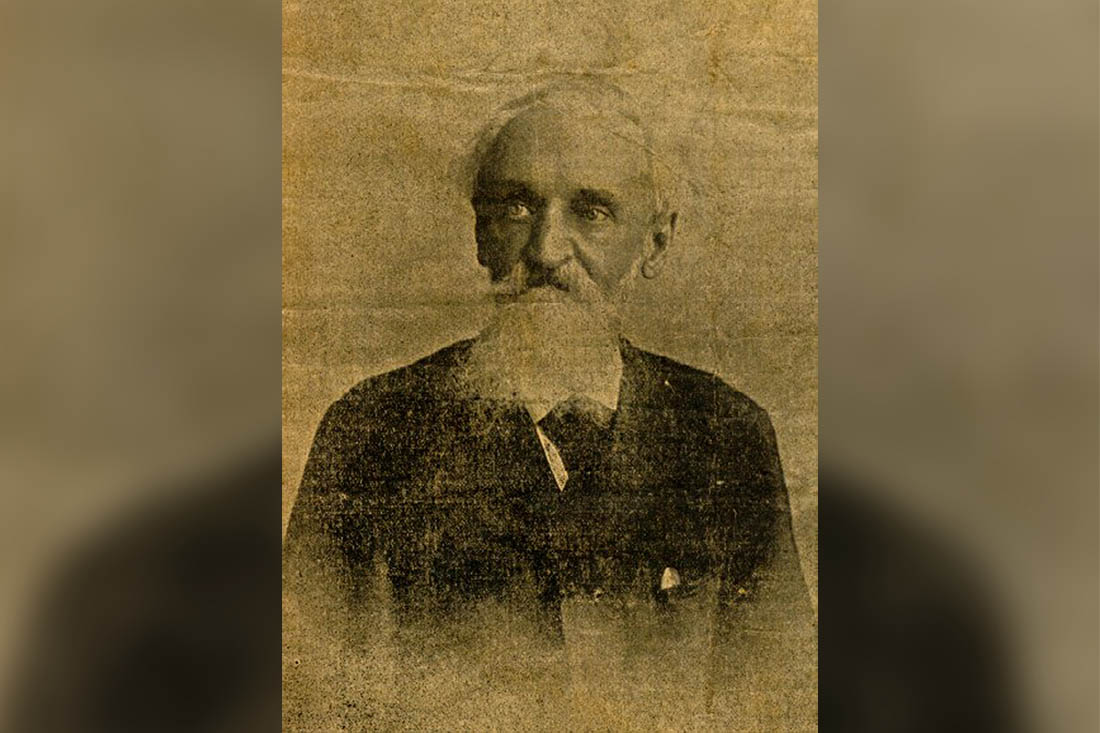Salvador Cisneros Betancourt is one of the best-known figures of the independence wars. The path traveled during the process and the first years of the Republican Period allow us to appreciate an evolution in terms of his thinking and ways of acting, hence the positions assumed have been debated on several occasions.
However, the evolutionary behavior of the Marquis is a consequence of his transit through a context that was initially colonialist and then neocolonial, in which the Republic “with all and for the good of all” would not be the one dreamed of by José Martí. Various elements intervene in this behavior such as: family, environment and social position, personal relationships, economic and political interests, circumstances, external and internal factors, among others.
His family, his participation and prominence in Freemasonry, the roles he played as President of the House of Representatives and of the Republic in Arms have been studied from different perspectives. Also included are civilist positions assumed, as well as the work carried out in general during the wars. Other issues studied regarding his figure is his performance during the early years of the neocolonial period.
Early years of the Republican period
In this sense, since the birth of the mediatized Republic on May 20th, 1902, Salvador Cisneros began a forceful and tireless fight. He criticized social evils and vices, and was against the Platt Amendment.
Likewise, around his figure, according to the historian and researcher Eduardo Torres-Cuevas, a movement of patriotic societies was unleashed, an issue that in his opinion continues to be studied in depth. Likewise, he considers that he became the great figure who rescued the dignity of the Republic at this stage -and, therefore- the last of those ’68 patricians who faced the nascent North American imperialism.
Other perspectives
Other approaches are also very interesting, such as the treatment of his artistic representation in different supports. The three existing posthumous pieces in the province stand out.
Among them stands out the monument in marble and bronze made by the Italian Arturo Dazzi, which is located in the Casino Campestre. Also, according to the researcher Axel Li, in the Ignacio Agramonte Provincial Museum, a bronze bust and an oil painting of the marquis are kept.
In addition, research investigations related to objects belonging to and used by him can be found, which leads us to collecting.
Summarizing
Without a doubt, the approach to the personality of Salvador Cisneros Betancourt from the point of view of the Social and Humanistic Sciences has been profound, since the study of this national figure turned into a symbol reinforces the foundations on which the Cuban nation is based.
References:
– Cento, Elda. Cuadernos de Historia Principeña 13. Homenaje a Salvador Cisneros Betancourt. Editorial Ácana, Camagüey, 2014.
Translated by: Aileen Álvarez García






